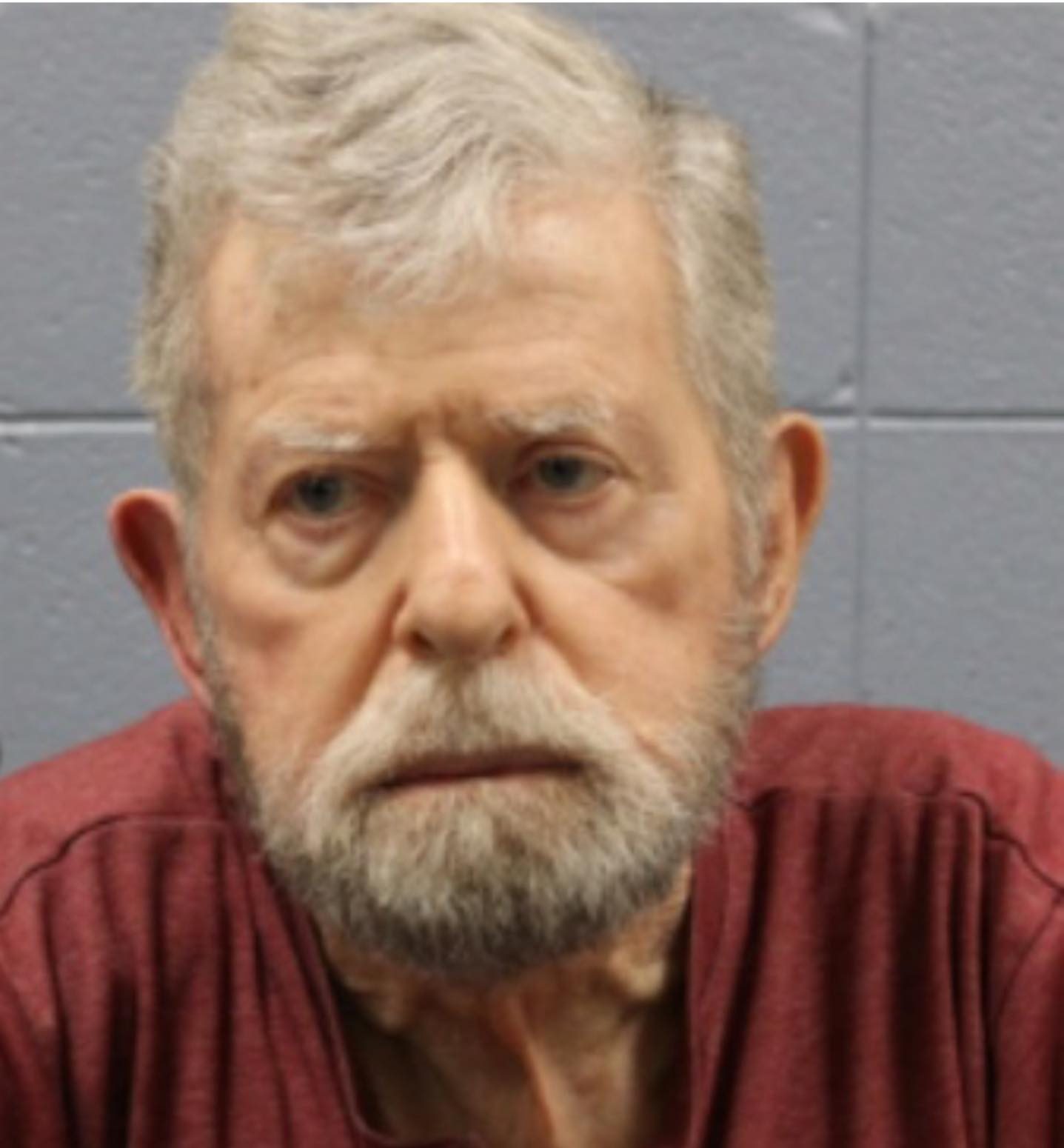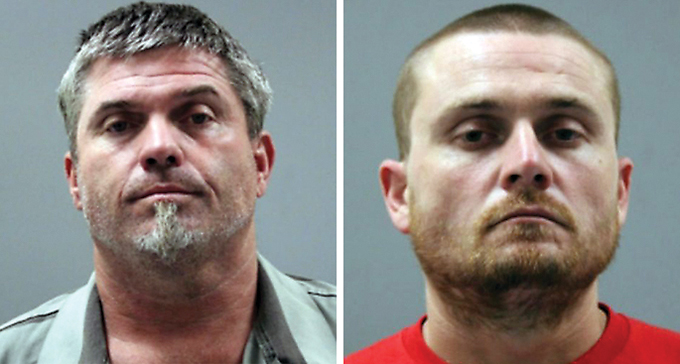Man pleads Fifth on killing
Published 7:55 pm Wednesday, August 16, 2006
A man under indictment for the murder-for-hire killing of a Limestone County man refused Wednesday to testify after taking advantage of his Fifth Amendment protection against self-incrimination in the death of Michael Bryant.
Tuesday was the opening day of the capital murder trial of Mark Anthony Angus, 37, who is accused of hiring Joshua Loyd Southwick and James Mason Duncan to kill Bryant on Nov. 12, 2003.
Southwick, called as the first defense witness on Wednesday, “took the Fifth” four times—including in response to his attempted swearing in by Circuit Court Judge Robert Baker—and indicated to defense attorney Marc Sandlin that he would continue, on advice of his attorney, John Mays of Decatur, to respond to all subsequent questions by invoking his Fifth Amendment rights.
Baker excused Southwick from the stand.
Limestone County District Attorney Kristi Valls rested the state’s capital murder case against Angus at midday Wednesday, but because of the unexpectedly rapid presentation of state testimony, some defense witnesses were not available to testify Wednesday.
The trial was to resume today at 8:45 a.m. and was expected to go to the jury by midday, according to Baker.
In opening day of the trial on Tuesday, Duncan took the stand for the prosecution, denying he had been offered a deal for his testimony. He testified that Angus had offered him and Southwick $500 each and a car to kill Bryant because Angus believed that Bryant burglarized his home and stole two rifles.
Duncan said that Angus had supplied them with two guns—identified as a 9mm Ruger and a vintage Browning—in a “Ziplock bag” the night of the killing.
Before Valls rested the state’s case Wednesday, she called Alabama Department of Forensic Science firearms examiner Tammie Ricketts to the stand. Valls asked Ricketts about ammunition seized during a search of Angus’s house after the killing. Ricketts said the seized unspent CVC brand cartridges bore the same manufacturer’s “tool marks” as those recovered from Bryant’s body and from the crime scene, and those on unspent cartridges in the magazines of the Ruger and Browning.
Ricketts also testified that ballistics tests showed that two of the recovered spent bullets had come from the Ruger and one from the Browning. An autopsy revealed that Bryant had been shot three times.
Under cross-examination, Massey attempted to discredit Ricketts as an ammunition authority, saying that there is no one in the world who is considered to be an “expert” on manufacturer tool marks.
Massey cited Ricketts’ non-related educational background in cytotechnology— the microscopic study of cells for evidence of disease—before she went to work for a state pathologist. However, Ricketts testified that she is a member of the Association of Tool Mark Examiners and that one must have at least five years experience in tool mark examination to qualify or membership.
Under Massey’s questioning, Ricketts acknowledge d that CVC ammunition is distributed widely through retail outlets both in north Alabama and south Tennessee and untold rounds could be in circulation bearing the same manufacturer’s tool mark.
Valls also called Sheriff’s Department Chief Investigator Stanley McNatt, who said that Angus had reported the burglary of his home to Ardmore Police and the break-in was under investigation at the time of the killing. McNatt said after the killing, his department determined that Bryant and one other man had committed the burglary of Angus’ home.
McNatt said that Angus—although reportedly nearly illiterate—seemed to understand his Miranda rights when he was interviewed. He said that Angus denied having anything to do with the killing and had told him that on the night of the killing he was, “riding around Pulaski with friends.”
McNatt testified that he traced the 9mm Ruger used in the shooting from the manufacturer through subsequent owners up to January 2003, when it was reported stolen in a burglary. He said authorities couldn’t “establish a connection” between January 2003 and the shooting. The World War II era Browning is too old to be traced.
McNatt also acknowledged that the guns had not been fingerprinted and that there had been no hair, fingerprints, DNA for footprints recovered from the scene of the killing to link the crime to Angus. He also said that there had been no forensic examination of the 1996 Mitsubishi allegedly purchased by Angus as part of the payoff to the killers.
The defense called Chet Croxston, a former paid informant for the Athens Police who is serving time in a state penitentiary for forgery. Croxston testified that he saw Duncan and Southwick several days before the killing driving what appeared to be a Mitsubishi and that the pair had not mentioned Angus but said they were going to collect money from an Elkmont man. He said that Southwick had later told him while they shared a jail cell that they had gone to collect money for Keith George.
On Tuesday, George had testified that Duncan and Southwick, who lived with him, had told him that they had killed Bryant, but he said he didn’t believe them. He said when he got up the next day, Duncan and Southwick were gone and later called him several times from Arkansas. George said he began to feel “threatened” by the pair and feared for his and his son’s safety, so he called the sheriff’s department to report that they admitted killing Bryant. He also denied knowing Croxston.
Croxston said that he was close friends with Southwick, but had only seen Duncan a few times. He said he had asked Southwick not to bring Duncan to his home again after Duncan had attended a Friday night poker game at his home and had attempted to open the cage of Croxston’s 24-foot python.
Under cross-examination, Valls pointed out numerous instances of Croxston’s testimony conflicting with testimony he gave in a Nov. 10, 2004 hearing for Angus in which he had not mentioned Keith George.





